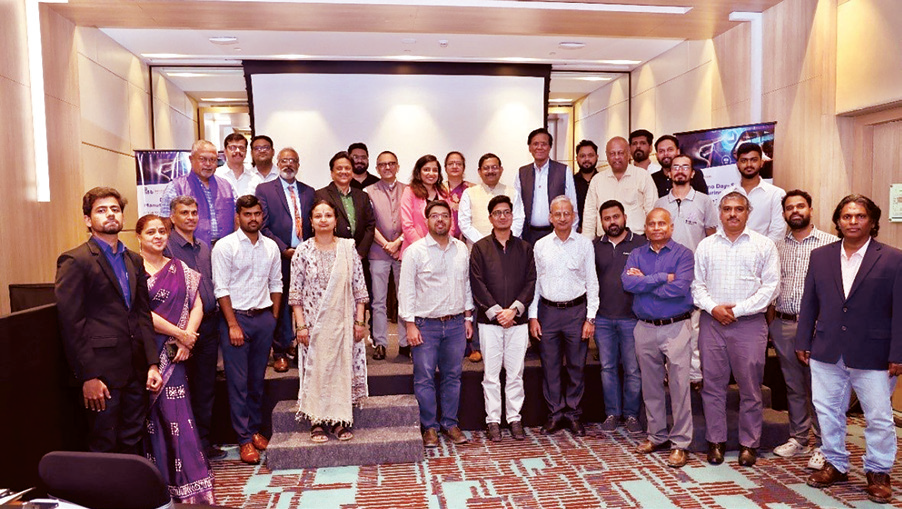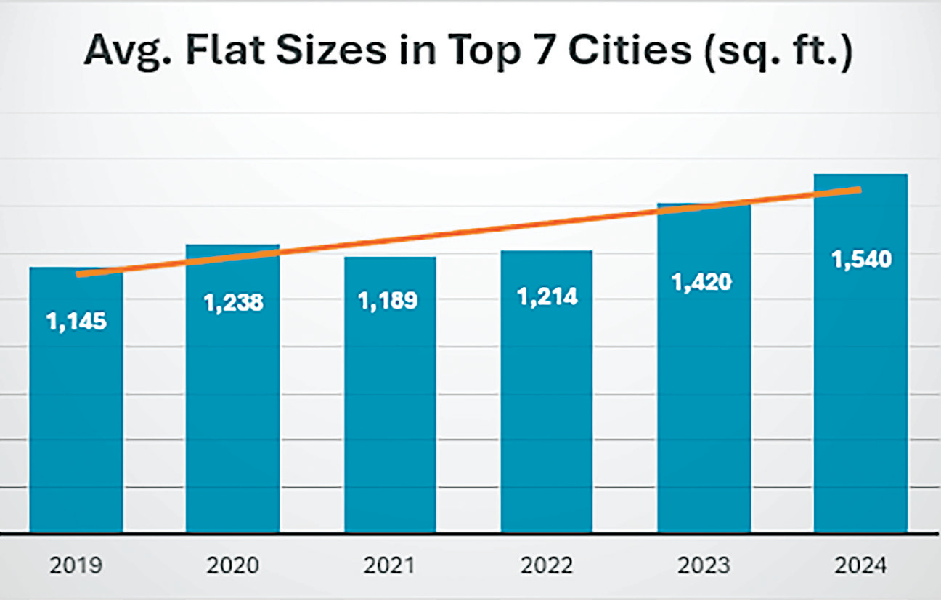
Renewables to reach 65 pc of India's energy mix by 2030; where's the money?
Soumik Dutta | NT
Bengaluru: According to a recent statement by Union Power Minister R K Singh, renewable energy will account for 65 per cent of the country's energy mix by 2030.
India currently has 186 GW non-fossil fuel-based installed power generation capacity. According to the Central Electricity Authority (CEA), to achieve 65% of the country’s energy mix, the renewables or non-fossil fuel based energy components will include large hydropower (above25 MW), small hydropower (up to 25 MW), pumped storage hydropower (PSP), solar, wind, hybrid models, biomass and nuclear power.
As per a recent report by the Central Electricity Authority (CEA), the projected power demand in India by 2030 is expected to reach 2,279.70 Billion Units (BU).
CEA figures as on 31st May 2023 reflect coal based thermal power contributing 49.1%, large hydro 11.2%, wind 10.3%, solar 16.1% and other RE sources like bio energy etc. 2.8% of the total energy mix.
So to achieve about 65% energy from renewable sources by 2030, the corresponding investments have to be diverted from fossil fuel based energy sources and additionally, more investments need to be focussed into the renewables segment. India incorporated has an annual capex (capital expenditure) of about USD 100 billion for its energy sector.
Half of it needs to go to renewables if India has to reach the ambitious target of 500 GW by 2030. In 2015, the Modi government planned to have 40 per cent renewables in the energy mix of the country by 2030.
The government achieved the target in 2021, nine years earlier. Such has been the pace of investments in the nofossil fuel based energy sector in India.
The gover nment has planned to add 50 GW renewable energy capacity additions every year, till 2030.The move of the government is in tandem with its nationally determined contributions(NDCs) declared at the COP27 summit and as per its commitment to the Paris Agreement.
In the recently concluded G-20 summit under its presidency, the government has reiterated its commitment to the world. India has 423 GW of installed power generation capacity, which includes coal based thermal, large and small hydro power, and nuclear, apart from renewables like solar, wind bio energy, and hybrid projects.
The country will need 40 GW more electricity this year as the country's power demand grew at 14 per cent, according to government sources.
However, the importance of round-the-clock power, including peaking power in the context of renewable energy needs to be understood clearly including impediments in the path.
This is where the need to overcome the intermittency of renewables are factored in and energy storage systems like the battery energy storage system (BESS) and indigenous manufacturing of lithium -ion batteries for storage plays a significant role.
The transition requires a substantial investment in technology import, up gradation and development of a robust infrastructure to assure seamless renewable energy storage and injection or absorption into the national grid which is still dependent on coal based thermal power or hydropower as its base load.
 English daily published in Bengaluru & Doha
English daily published in Bengaluru & Doha






